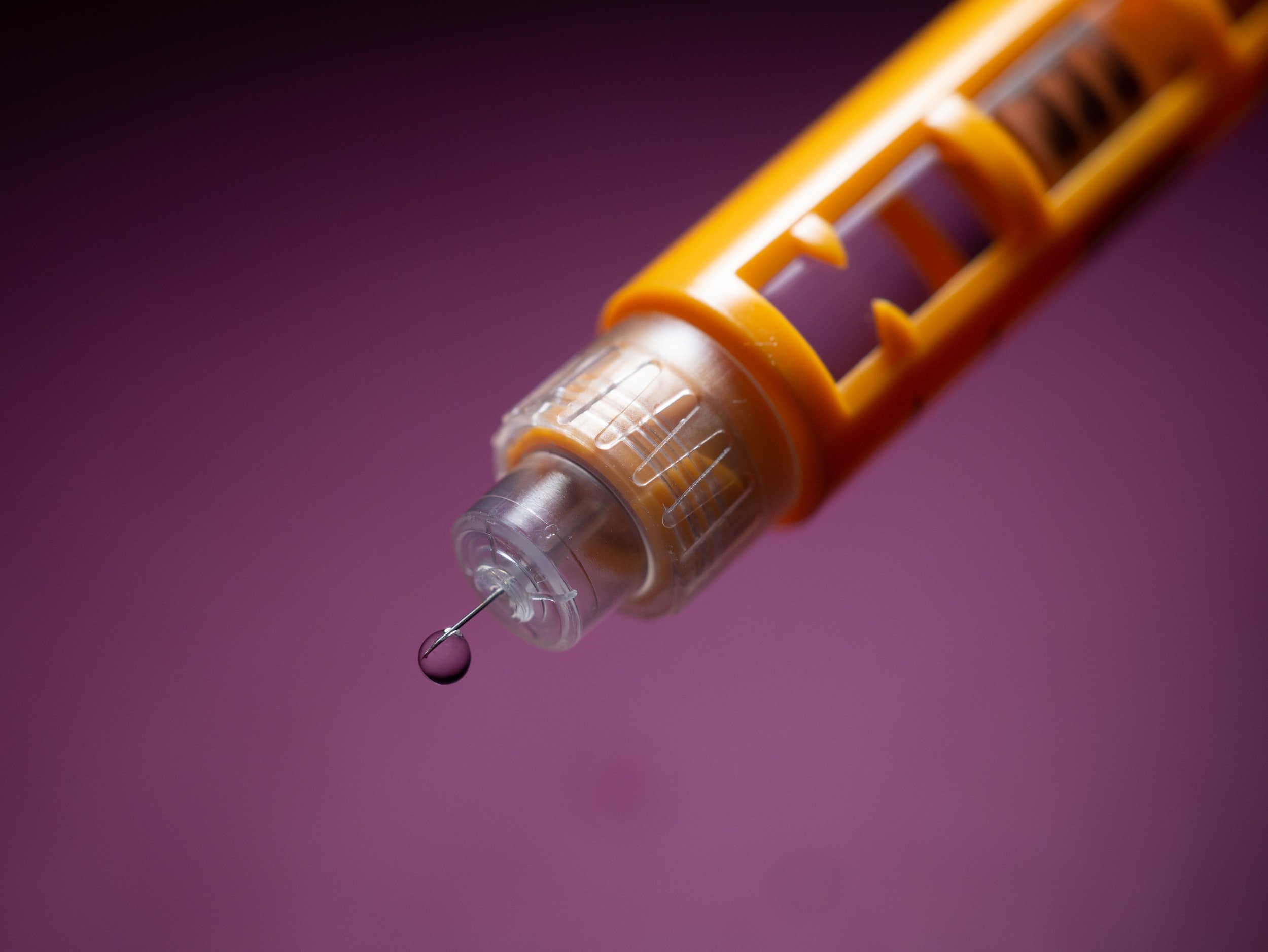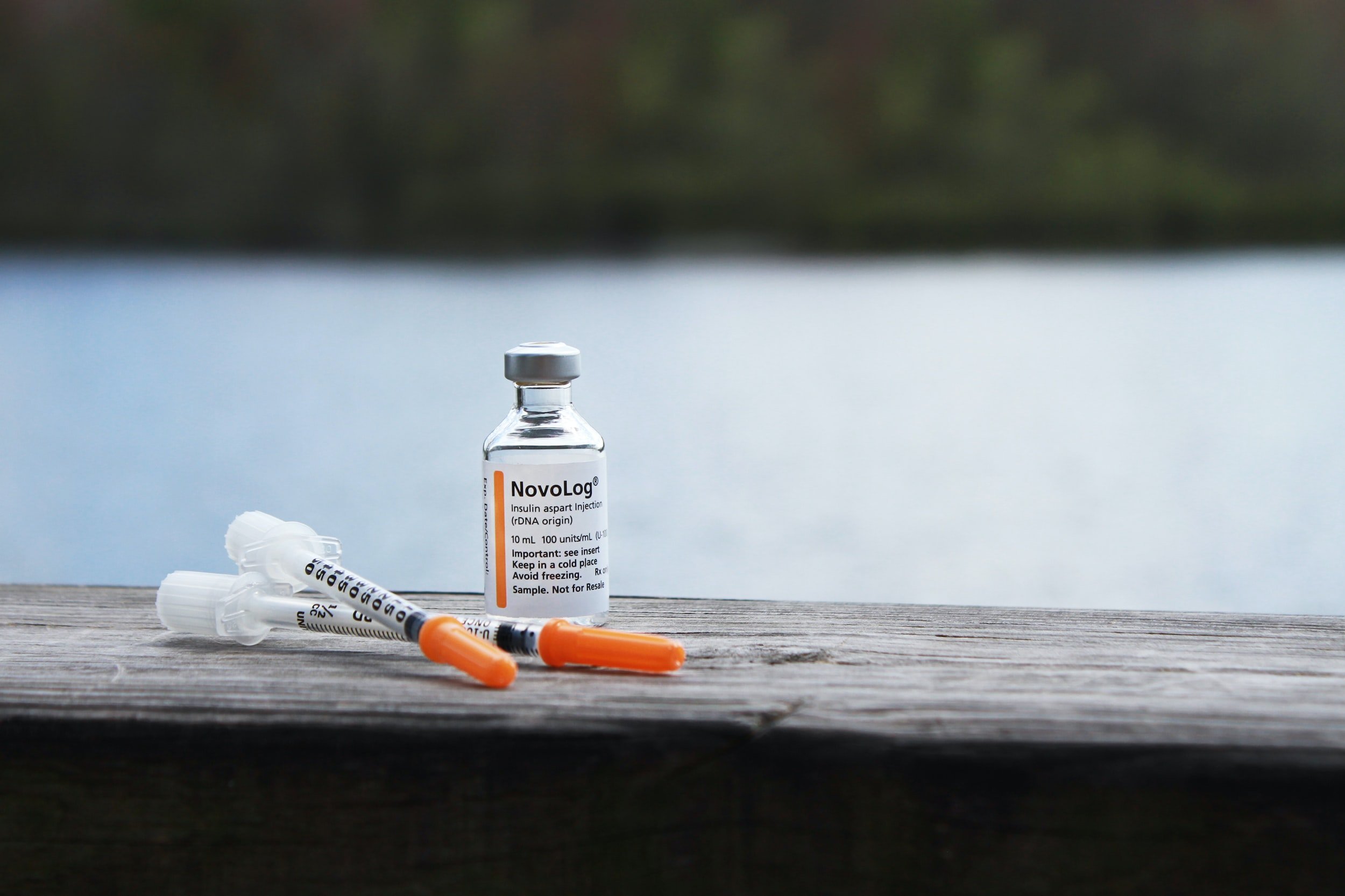Problems
Insulin is a hormone required for all bodies to function - without it, we die within days.
If someone with diabetes isn’t taking the proper amount of insulin, they will experience a range of long-term complications including blindness, amputation, kidney failure, and death.
Despite these extreme dangers, current insulin prices and access barriers cause 1-in-4 insulin users in the U.S. to ration their insulin because they simply can’t afford it.
Insulin Prices
Since 1996, insulin manufacturers have increased the price of a vial of insulin in the United States by almost 1200%.
Humalog insulin was released in 1996 for $21 a vial - now it’s priced at $275. A vial of Novolog insulin has increased from $40 when released in 2001 to $295 today. Similarly, a vial of Lantus insulin was priced at $35 in 2001 and is now priced at $300; its competitor insulin, Levemir, has skyrocketed from $60 in 2005 to $300 today.
Insulin dependent diabetics can require 2-8 vials a month to survive.
In fact, In May 2014, Sanofi and Novo Nordisk each raised their prices for a vial of insulin by 16.1 percent within a day of each other. Six months later, the companies both raised the medication price by 11.9 percent. There have been 13 reported instances of such tandem price increases between those two companies since 2009. These prices were raised arbitrarily in the U.S. while the rest of the world's prices remained steady.
Diabetes-related expenses in the U.S. were estimated at $379.5 billion in 2021. People with diabetes spend ~$9,600 a year on diabetes care. Nearly 15% of people with type 1 diabetes spend 40% of their income on insulin alone, not to mention other expensive diabetes related expenses, like blood glucose test strips, insulin pump supplies, continuous glucose monitors, and emergency glucagon.
Insulin Prescriptions
Human insulins have remained unchanged since their release in the 1950s. These insulins are available over-the-counter without a prescription at a relatively low-cost.
Analog insulins were introduced in the 1990s and are the recommended standard of treatment, and labeled an essential medicine by the World Health Organization. Compared to human insulins, analog insulins are far safer and have been shown to more effectively and safely reduce hypoglycemic events, promote better blood sugar control, and reduce complications. Unlike human insulins, analog insulins require a prescription from a doctor. Even though no person can live without insulin and there is no cure for diabetes, prescriptions for analog insulin must be renewed every year.
Prescription barriers make it hard for people to obtain these newer and safer insulin formulations. The time cost of insulin and other diabetes supplies is huge, even for those with the economic means to pay for them. These issues are magnified for people in marginalized communities who often have limited access to healthcare, transportation, or time off from work.
Diabetes requires constant monitoring, adjustments, and support - lack of access to treatment further exacerbates social inequality, hurting those who are already struggling. Prescription-only access to analog insulin can lead to emergency situations for people who will always need insulin to survive.




